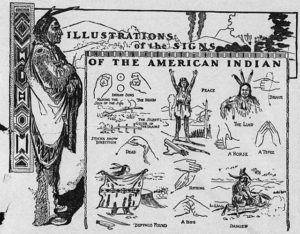AMERICAN SIGN LANGUAGE AND DEAF CULTURE BLOG
When and How Did American Sign Language Originate? The Story Behind ASL

Humans are social creatures, and communication is the foundation of every human relationship. Human communication goes beyond the spoken word – we communicate not only in written and spoken forms, but also through nonverbal communication such as signs, gestures, body language, and facial expressions.
We decided to have a closer look at the history of sign language, how it was developed, and show how American Sign Language (ASL) gained a foothold in our nation.
Where Did American Sign Language Come From? (It's Not What You Think)
You may be surprised to learn that much of American Sign Language originated from France, but that’s even not the whole story. What’s more surprising is that Native American Sign Language had a major role in shaping ASL into the rich and beautiful language it is today.
So, where did American Sign Language come from? Before we explain how American Sign Language originated and where, let’s define what it is and when it was formed
What is American Sign Language?

ASL is a complete and natural language that has all the linguistic traits a spoken language has. ASL has different grammar from the English language and it is expressed by using both hand movements and facial expressions.
Just with every language, ASL also has different ways to signal different grammatical functions. For instance, deaf people using ASL will raise their eyebrows, widen their eyes and lean slightly forward when asking a question.
ASL is used primarily by deaf people in North America. ASL also has its own regional accents and dialects. This is why we can see that some words are expressed differently in different parts of the country. Sociological factors, such as age and gender, can also affect the variety of ASL, just as is the case with spoken languages.
When was ASL officially formed?
There is no exact date of formation for ASL. Rather, ASL has a long history of progressive evolution from several signed languages coming from the 16th Century and earlier. In the early 1800s, these signed languages were integrated and morphed into the richness and beauty that we call American Sign Language today.
It wasn’t until 1965, however, when ASL started being “recognized” as a full-blown autonomous and functional language.
Where did ASL originate from?
Throughout the centuries, deaf people faced prejudice and discrimination on both sides of the Atlantic as well as the Far East.
In a nutshell, ASL was formed by contributions from four major demographics:
- Europeans (mainly French)
- Native Americans (Indigenous)
- African Americans
- Americans
European Origins
According to an article published by National Geographic, deaf people in Europe during the Renaissance didn’t hold the same rights as other citizens under Roman law. The first signs of resistance towards such marginalization appeared during the 16th century, when sign language was created.
Despite oppressive prejudice and marginalization, Deaf children formed their own signs to communicate with each other. This seeded the European roots of ASL, which would later be integrated into Native and African American sign languages to form ASL as we know it today. Specifically, these European influences came from Spain, France, Belgium, Switzerland, and Holland.
In 1760, a French priest, Abbé De L’Épée, opened a free deaf school in Paris (now known as the National Institute for Deaf Children of Paris). Deaf students brought their home signs to the school and a common language coalesced amongst themselves, setting in motion the integration of European signs into American Sign Language half a century later.
Native American Origins
Going back even further than the 16th century Renaissance, Native Americans arrived in America about 15,000 years ago.
The Deaf were among them, too, and they communicated in North American Indian Sign Language (NAISL), which is not just one language, but a family of signed languages from various tribes throughout North America, according to research presented by Dr. Melanie McKay-Cody.
Dr. McKay-Cody’s research demonstrates the “linguistic richness found in the multitude of tribal signed languages used by early Deaf Indigenous peoples prior to the coming of Europeans signed languages” (Leigh, Andrews, Harris, & Avila, 2022).
African American Origins
After the American Civil War, Black Deaf children were segregated into separate schools or classrooms even though Deaf schools had been in full operation for decades prior.
As a result of segregation, Black students and faculty developed their own form of sign language, now known as Black ASL (BASL). BASL has evolved across the southern U.S. and some of its signs have also been incorporated into ASL in its southern dialect.
American Origins
ASL originated in the first half of 1800 and it’s rooted in French Sign Language. We can credit in large part to Laurent Clerc – a French Deaf teacher – for the development of the American Sign Language.
Wanting to find newer and better methods to communicate with Alice Cogswell – the deaf daughter of his neighbor, Mason Cogswell – Thomas Gallaudet went to France to learn sign language. There, Gallaudet met Laurent Clerc, and they returned to the U.S. together in 1817. Thanks to Clerc’s courageous decision to leave his childhood home, friends, and livelihood behind for a new life in the U.S., the American School for the Deaf was founded in Hartford, Connecticut.
Just as with L’Épée’s school, students all over the country brought the signs they used to communicate with others. This is how ASL was formed, through the integration of their own signs including but not limited to NAISL, BASL, French Sign Language, and home-made signs.
After the first Deaf school was established in Hartford, Laurent Clerc and his students founded many schools for the deaf across America. They used their newly formed sign language, known as ASL today, and propagated it across the country. (Deaf Culture, 2022).
How does ASL Compare With Spoken Language?

Spoken language and sign language have some differences, but they’re used for the same purpose: to convey information.
Both types of languages have grammar, use gestures to highlight the context in which information is sent, and both are complex.
ASL has the same alphabet as the English language, but that’s only as far as their similarities go. In fact, beyond the 26 handshapes that represent the English alphabet, ASL actually has at least 70 additional handshapes.
Moreover, ASL is an independent language and it’s created as such. It has its own linguistic structure and unique grammar. What’s more: signs aren’t expressed in the same order as in the English language.
How ASL Gained in Popularity Across America
As we’ve said, the foundation of the American sign language was set by Thomas Hopkins Gallaudet and his school. However, its formal recognition ASL came a century later, in 1965, with the help of a mixed deaf-and-hearing linguist team, Dorothy Casterline, Carl Croneberg, and William Stokoe. They argued for signing, (at that time it was called “manualism” in opposition to “oralism”) and showed that sign language has all the important features oral languages have. They even devised a transcription system for ASL, revolutionizing the field of linguistics and education.
Since then, more and more people in and outside the deaf community have learned to communicate with ASL. According to a survey done by the Teachers College of Columbia University, more than 700 public schools offer sign language classes which is a gradual increase since 2005.
Many educators and language experts agree that ASL has had increased visibility in movies, TV series, commercials, and public events, contributing to its increase in popularity in recent years. “Over the past 10 years, with the use of the Internet, vlogs, and videophones, ASL has spread” (Leigh, Andrews, Harris, & Avila, 2022).
Conclusion
Deaf and hard-of-hearing people were and are still marginalized throughout history. This is why the first schools for the deaf and hard-of-hearing were founded so much later than schools for hearing students, and why, up until 200 years ago, we didn’t have a widely used sign language in North America as we do now.
Today, we’re proud to say ASL as well as other sign languages are experiencing a rise in interest and popularity, thereby increasing awareness and breaking down communication barriers between deaf and “hearing people” (i.e. people who hear).
Since we now know where ASL came from, how it was developed, what similarities it shares with the English language, and how popular it is, we can appreciate and celebrate its unique identity and history.
References:

